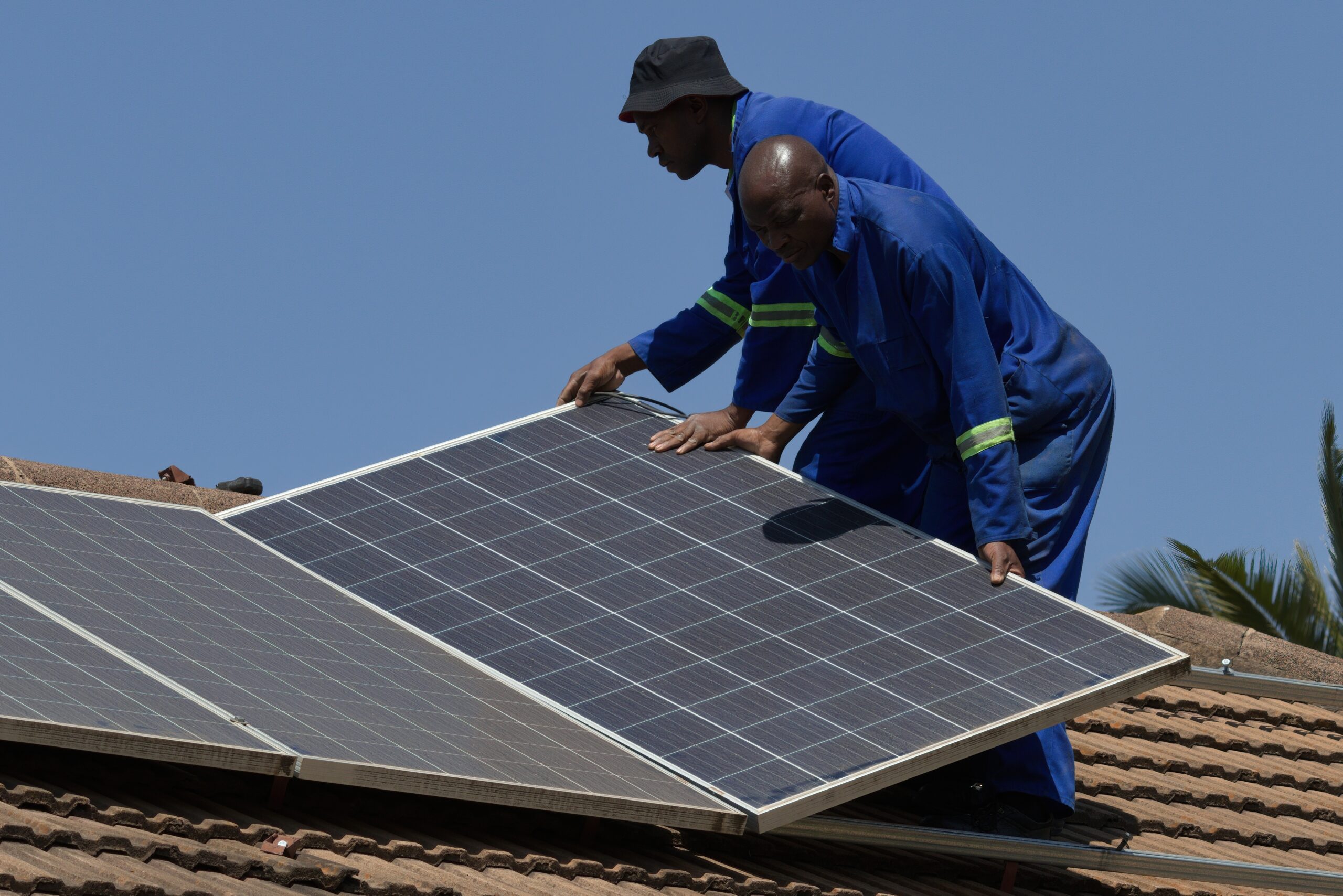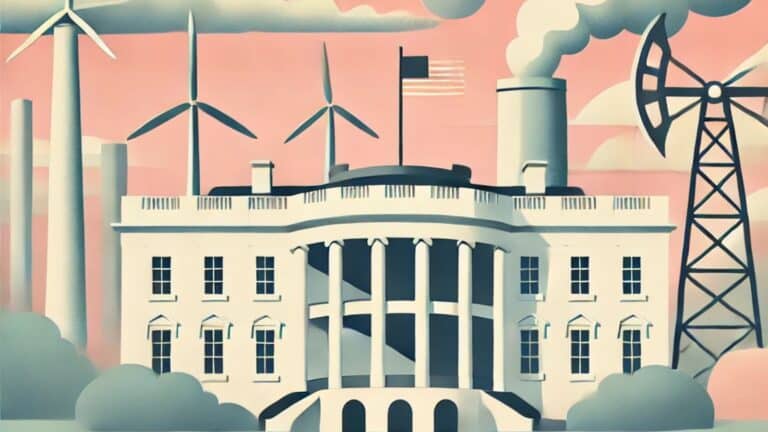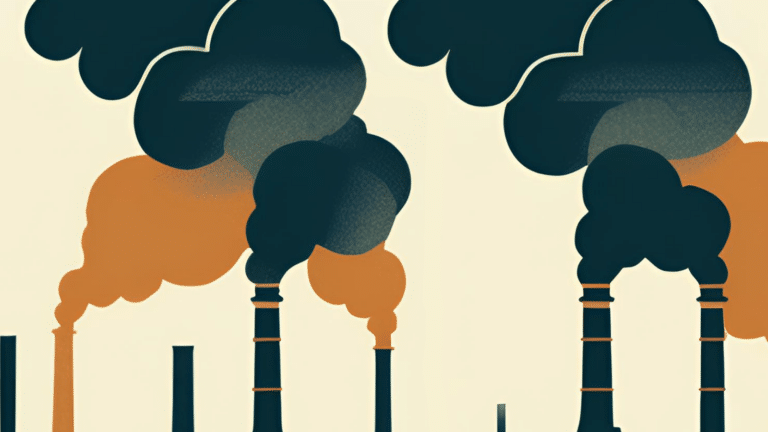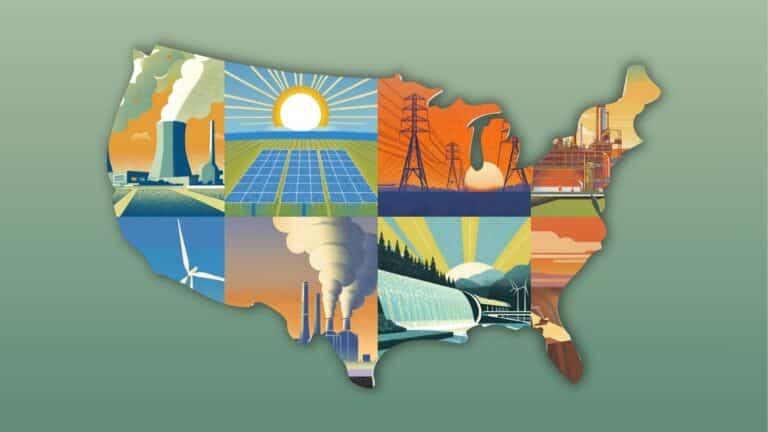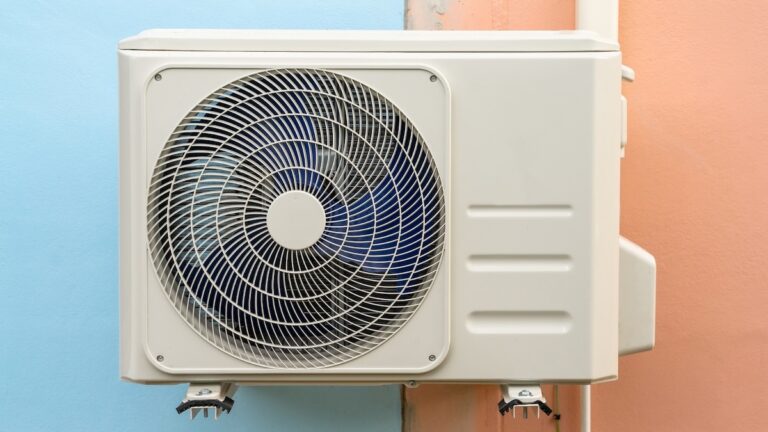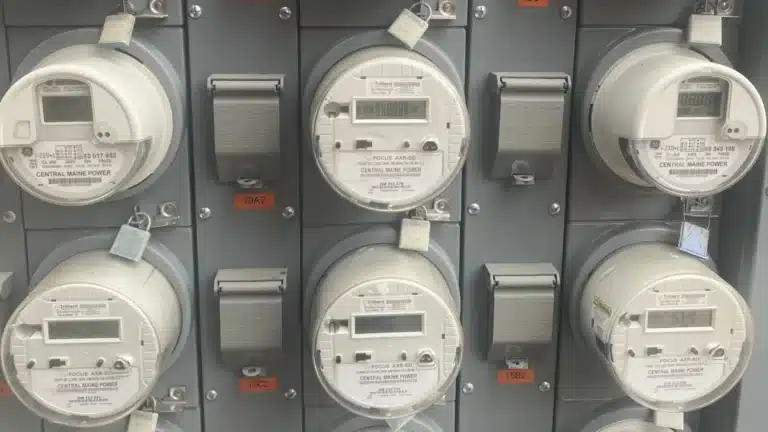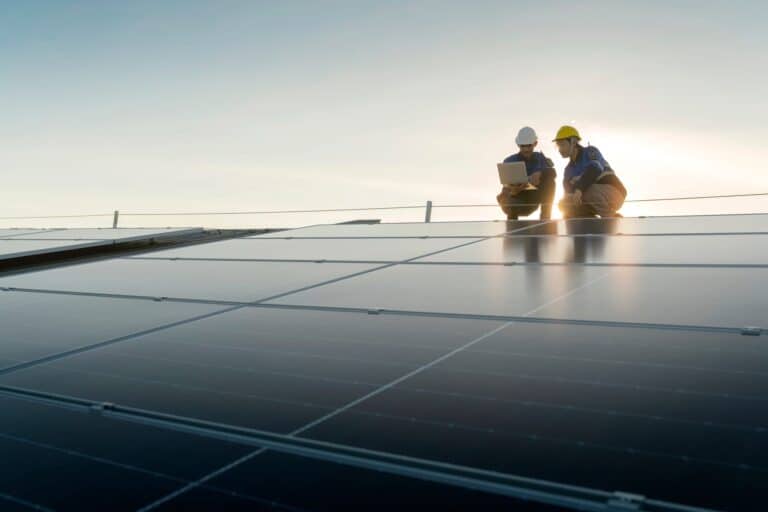This Energy Explained post represents the research and views of the author. It does not necessarily represent the views of the Center on Global Energy Policy. The piece may be subject to further revision. Contributions to SIPA for the benefit of CGEP are general use gifts, which gives the Center discretion in how it allocates these funds. Rare cases of sponsored projects are clearly indicated.
For a full list of financial supporters of the Center on Global Energy Policy at Columbia University SIPA, please visit our website at Our Partners. See below a list of members that are currently in CGEP’s Visionary Circle. This list is updated periodically.
At the annual round of international climate negotiations that are well underway at COP28 in Dubai—to limit global temperature rise to 1.5° Celsius—the needs of the developing world are front and center. The summit’s first day saw a historic agreement on the structure of the loss and damage fund, announced last year, with more than $400 million already pledged.[1] Yet the energy transition remains a story of energy access and security: billions of individuals around the world—but particularly in the Global South—still live in energy poverty.
A year ago, at COP27 in Egypt, the Center on Global Energy Policy (CGEP) at Columbia University SIPA launched the Energy Opportunity Lab (EOL), a platform to develop actionable policy research and practical solutions for the persistent energy insecurity issues in both developed and developing economies.[2] And just ahead of the United Nations climate gathering in Dubai, CGEP hosted an Energy Opportunity Forum, bringing together global leaders, researchers, and policymakers to discuss solutions for tackling energy insecurity in the United States and unlocking energy finance on the African continent. The dialogue at this event underscored that energy opportunity, justice, and equity sit at the heart of the energy transition and must be a focal point for policymakers and business leaders during climate negotiations.
A few days into COP28, these five themes, also discussed at our Energy Opportunity Forum, stand out as salient to catalyzing energy opportunity globally:
Mapping energy demand for productive uses: For emerging economies to truly facilitate equitable social and economic development for their citizens, they must focus on delivering reliable clean energy for productive uses such as schools, hospitals, agriculture, and rural businesses. Across the African continent, while most of these individual load centers may be small and spread out over vast geographies, together they provide essential services to local populations. As different stakeholders gather at COP, finding ways to pinpoint and aggregate the demand from productive uses can create opportunities for developing decentralized clean energy programs at scale.
Investing in transmission: Sub-Saharan Africa has one of the lowest per-capita transmission capacities compared to other regions in the world. According to the World Bank’s Private Participation in Infrastructure database, 98 percent of the private sector’s investments in energy infrastructure in sub-Saharan Africa funded power generation projects, while less than 0.5 percent funded transmission.[3] Underinvestment in transmission has left some countries in a position where they are generating surplus electricity but are unable to deliver it to under-electrified households and industries in nearby regions. [4] To realize the benefits of Africa’s immense clean energy potential, governments and the private sector must develop innovative new financing mechanisms to de-risk investments in transmission and distribution infrastructure projects that deliver power equitably across the economy.
Unlocking local and private capital: For African countries to meet their Nationally Determined Contributions (NDCs) and Sustainable Development Goals (SDGs), they need US $2.8 trillion in public and private investments between 2020 and 2030, but current investment in clean energy and climate mitigation projects only totals approximately US $30 billion.[5] As African policymakers pressure the governments of developed economies to deliver on greater climate finance, commensurate with mitigation needs, African governments are also exploring policy frameworks to encourage private sector investment for the energy transition, such as from commercial banks, bond markets, and private funds. In addition to financing from multilateral development banks, pension funds, cooperatives, and other sources of local capital can also be leveraged to de-risk investments in Africa’s clean energy transition.[6]
Making carbon markets work: Between 2016 and 2021, less than 11 percent of carbon credits issued worldwide came from African countries, despite being home to the largest carbon sink in the world.[7] Verifying carbon credits remains one of the biggest bottlenecks in Africa and many other parts of the developing world. Many smaller countries do not yet have accredited issuers of verifiable Energy Attribute Certificates (EACs) for clean energy projects. Adopting credible standards and issuing verified emission reduction certificates are not only important for participating in carbon markets, but also important for African businesses to be competitive in international export markets that demand higher environmental standards for imported goods, such as through the European Carbon Border Adjustment Mechanism (CBAM). Even as the US and EU provide technical assistance for the development of carbon markets and carbon accounting, this effort is more likely to be successful and maintain legitimacy if it is anchored by African institutions and builds on the continent’s strengths.[8]
Leave no one behind: While much of the focus of COP28 will aim to address energy insecurity in the emerging economies, policymakers must also find solutions to overcome barriers of energy affordability and equity among historically disadvantaged communities in high-income countries. Recent federal policy initiatives in the United States, such as Justice40 and provisions within the Infrastructure Investment and Jobs Act, target energy insecurity across the country, which affects low-income communities and communities of color. Even though US policymakers have enacted new programs and legislation to address access and affordability issues, energy assistance programs remain underfunded and less than 20 percent of eligible participants received assistance.[9] As policymakers from the United States and other developed economies focus on fulfilling their climate finance obligations towards developing nations, they must also invest further in similar policy frameworks to address persistent energy insecurities at home.
These themes remain critical for the advancement of the energy transition in an equitable and just fashion. Communities across Global South lack reliable and affordable access to electricity, and are exposed daily to pollution from harmful cooking fuels. Insufficient access to affordable and reliable energy stalls economic and educational opportunities for billions of individuals around the world, while jeopardizing health and life expectancy outcomes. In the United States, nearly half of Black, Indigenous, and Latino households forgo food, medicine, and other basic needs to pay for utilities.[10]
Our CGEP team is on the ground at COP all week organizing high-level public and private sessions and engaging in discussions surrounding these topics, drawing on our recent publications on alleviating currency risks in emerging market green bonds,[11] policy pathways for unlocking clean energy investment for African businesses,[12] and more. We will also be convening thought leaders for high-level conversations through this exciting new initiative, the Energy Opportunity Lab, to identify solutions to improve opportunities in the future for sustainable energy inclusion, innovation, and growth for all.
CGEP’s Visionary Circle
Corporate Partnerships
Occidental Petroleum Corporation
Tellurian Inc
Foundations and Individual Donors
Anonymous
Anonymous
the bedari collective
Jay Bernstein
Breakthrough Energy LLC
Children’s Investment Fund Foundation (CIFF)
Arjun Murti
Ray Rothrock
Kimberly and Scott Sheffield
Notes
[1] Lauren Sommer, Countries promise millions for damages from climate change. So how would that work?” npr, December 1, 2023, https://www.npr.org/2023/12/01/1216243518/cop28-loss-damage-fund-climate-change.
[2] Vivek Shastry, Andrew Kamau, Qëndresa Krasniqi, and Diana Hernández, “Energy Opportunity: A Solutions-Centric Framework to Catalyze Energy for Well-Being, Social Progress, and Development,” Center on Global Energy Policy, Columbia University, December 2023 (forthcoming).
[3] Benjamin Attia, “Why It’s Time for Private Investment in Sub-Saharan Africa’s Electricity Transmission Sector,” Energy for Growth Hub, April 11, 2022, https://energyforgrowth.org/article/why-its-time-for-private-investment-in-sub-saharan-africas-electricity-transmission-sector/.
[4] USAID, “Power Africa Transmission Roadmap to 2030,” 2022, https://www.usaid.gov/sites/default/files/2022-05/PA_Transmission_Roadmap_508.pdf.
[5] Chavi Meattle, Rajashree Padmanabhi, Pedro de Aragão Fernandes, Anna Balm, Githungo Wakaba, et al., “Landscape of Climate Finance in Africa,” Climate Policy Initiative, September 21, 2022, https://www.climatepolicyinitiative.org/publication/landscape-of-climate-finance-in-africa/. Further, according to the International Energy Agency (IEA), for emerging economies to reach net-zero emissions by 2050, the annual clean energy investment needs to expand from US $150 billion in 2020 to above US $1 trillion by the end of the 2020s. International Energy Agency, “Financing Clean Energy Transitions in Emerging and Developing Economies,” 2021, https://www.iea.org/reports/financing-clean-energy-transitions-in-emerging-and-developing-economies/executive-summary.
[6] UN Global Compact, Africa Business Leaders Coalition, Center on Global Energy Policy, “From Vision to Action: A Policy Blueprint for Channeling $130 Trillion Private Capital into Africa’s Sustainable Business Future,” 2023, https://www.energypolicy.columbia.edu/publications/from-vision-to-action-a-policy-blueprint-for-channeling-130-trillion-private-capital-into-africas-sustainable-business-future/.
[7] Ben Payton, “Africa Hopes for Starring Role If Carbon Offsets Market Can Overcome Credibility Crisis,” Reuters, October 2, 2023, https://www.reuters.com/sustainability/land-use-biodiversity/africa-hopes-starring-role-if-carbon-offsets-market-can-overcome-credibility-2023-10-02/.
[8] Andrew Kamau and Angela Churie Kallhauge, “Design a Carbon Market that Leverages Africa’s Strengths,” Nation, August 30, 2023, https://nation.africa/kenya/blogs-opinion/blogs/design-a-carbon-market-that-leverages-africa-s-strengths-4352682.
[9] Andrea Nishi, Diana Hernández, and Michael Gerrard, “Energy Insecurity Mitigation: The Low Income Home Energy Assistance Program and Other Low-Income Relief Programs in the US,” Center on Global Energy Policy, Columbia University, 2023, https://www.energypolicy.columbia.edu/publications/energy-insecurity-mitigation-the-low-income-home-energy-assistance-program-and-other-low-income-relief-programs-in-the-us.
[10] Diana Hernández, Qëndresa Krasniqi, and Alexandra Peek, “Energy Insecurity in the United States,” Center on Global Energy Policy, Columbia University, 2023, https://www.energypolicy.columbia.edu/publications/energy-insecurity-in-the-united-states/.
[11] Gautam Jain, “A Potential Path for Alleviating Currency Risk in Emerging Market Green Bonds,” Center on Global Energy Policy, Columbia University, 2023, https://www.energypolicy.columbia.edu/publications/a-potential-path-for-alleviating-currency-risk-in-emerging-market-green-bonds/.
[12] UN Global Compact, Africa Business Leaders Coalition, Center on Global Energy Policy, “From Vision to Action: A Policy Blueprint for Channeling $130 Trillion Private Capital into Africa’s Sustainable Business Future,” 2023, https://www.energypolicy.columbia.edu/publications/from-vision-to-action-a-policy-blueprint-for-channeling-130-trillion-private-capital-into-africas-sustainable-business-future/.



